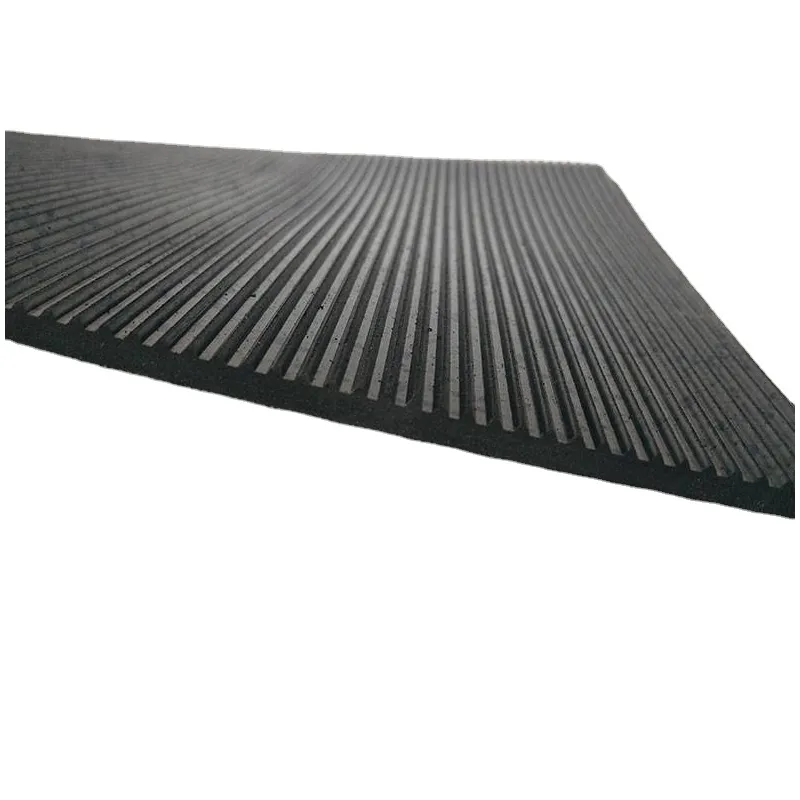Choosing the Right Bottom Seal for Your Overhead Door Installation and Maintenance
Understanding Overhead Door Bottom Seals Importance and Installation
Overhead doors are integral components of various facilities, including warehouses, garages, and industrial environments. These doors provide essential security and protection from the elements while ensuring smooth operational functionality. One of the most overlooked yet crucial aspects of overhead doors is their bottom seal. This article delves into the importance of overhead door bottom seals, their benefits, and installation tips.
Importance of Bottom Seals
The bottom seal of an overhead door plays a critical role in maintaining the overall integrity and performance of the door. Positioned at the base of the door, the bottom seal serves multiple functions that enhance both efficiency and safety.
1. Energy Efficiency A properly fitted bottom seal minimizes air leaks, making heating and cooling efforts more efficient. In commercial spaces, where large overhead doors are common, this can lead to significant energy savings. By keeping conditioned air inside the building, businesses can reduce energy costs and ensure a more comfortable environment for employees and customers.
2. Weather Protection Bottom seals protect against various environmental factors, including rain, snow, and wind. A good seal prevents water from seeping under the door, which can lead to moisture buildup and potential damage to flooring and equipment within the facility. Additionally, it reduces the entry of dust, dirt, and insects, contributing to a cleaner and healthier workspace.
3. Security and Safety The gap at the bottom of an overhead door can be a vulnerability point. Installing a seal not only enhances security by making it more difficult for intruders to enter but also provides safety by preventing accidents. A sealed door reduces the chances of trips and falls caused by uneven surfaces or gaps.
4. Noise Reduction In bustling commercial or industrial environments, noise can be a significant concern. A bottom seal can help dampen sound transmission from the outside, creating a quieter indoor environment, which is particularly beneficial in workplaces where concentration is key.
Types of Bottom Seals
There are several types of bottom seals available, each designed for specific applications. The most common materials used include rubber, vinyl, and brush seals.
- Rubber Seals Durable and weather-resistant, rubber seals offer excellent insulation and protection against the elements. They are suitable for heavier industrial doors.
overhead door bottom seal

- Vinyl Seals Lighter and often more flexible than rubber, vinyl seals are ideal for residential garage doors. They provide good insulation and help keep unwanted pests out.
- Brush Seals Made from bristles, brush seals are effective at keeping dust and debris out while allowing for smooth operation
. They are often used in applications where the door needs to move freely over a surface.Installation of Bottom Seals
Installing a bottom seal may seem straightforward, but achieving a proper fit is crucial.
1. Measure the Door Width Before purchasing a seal, measure the width of the door to ensure an accurate fit.
2. Select the Right Seal Choose a seal that fits both the measurements and the specific needs of your installation environment.
3. Preparation Remove any old seals and clean the bottom of the door. This ensures a smooth surface for adhesion and improved performance.
4. Installation Follow the manufacturer’s instructions for the specific seal type. Generally, seals can be either nailed or screwed into place.
5. Testing Once installed, test the door’s operation to ensure a snug fit and proper sealing capability.
Conclusion
The bottom seal of an overhead door is a vital component that contributes to energy efficiency, weather protection, security, and overall workplace comfort. Understanding its importance and ensuring proper installation can lead to long-term benefits for any facility utilizing overhead doors. Investing in high-quality seals not only enhances operational efficiency but also protects your investment in the building and its contents.
-
Under Door Draught Stopper: Essential ProtectionNewsJul.31,2025
-
Garage Door Seal and Weatherstrips for ProtectionNewsJul.31,2025
-
Edge Banding Tape for Perfect EdgesNewsJul.31,2025
-
Table Corner Guards and Wall Corner ProtectorsNewsJul.31,2025
-
Stair Nose Edging Trim and Tile Stair SolutionsNewsJul.31,2025
-
Truck Bed Rubber Mats for Pickup BedsNewsJul.31,2025
-
Window Weather Stripping for Noise ReductionNewsJul.29,2025